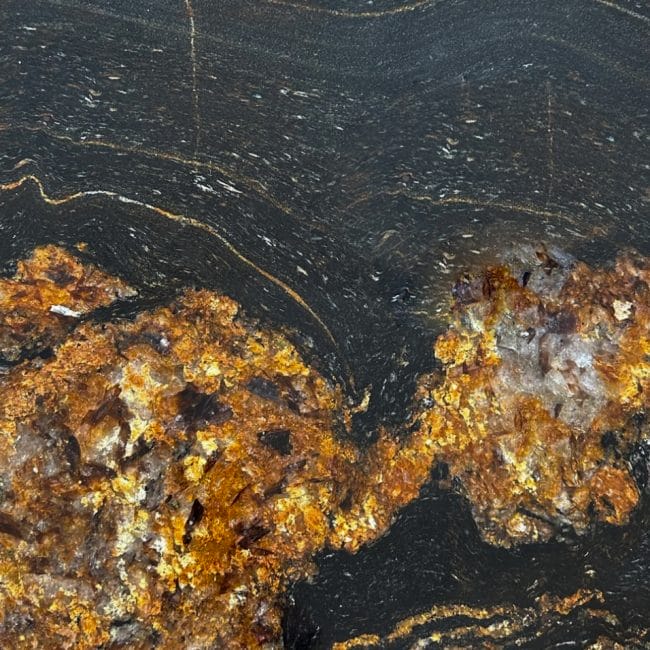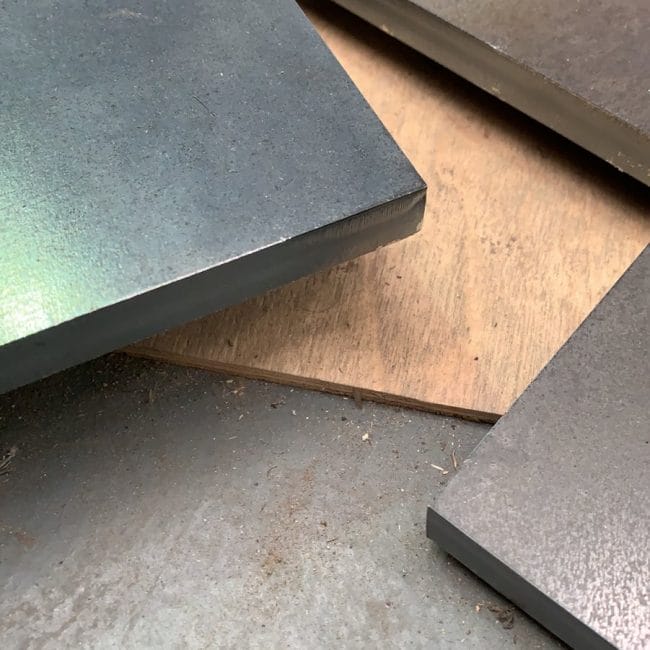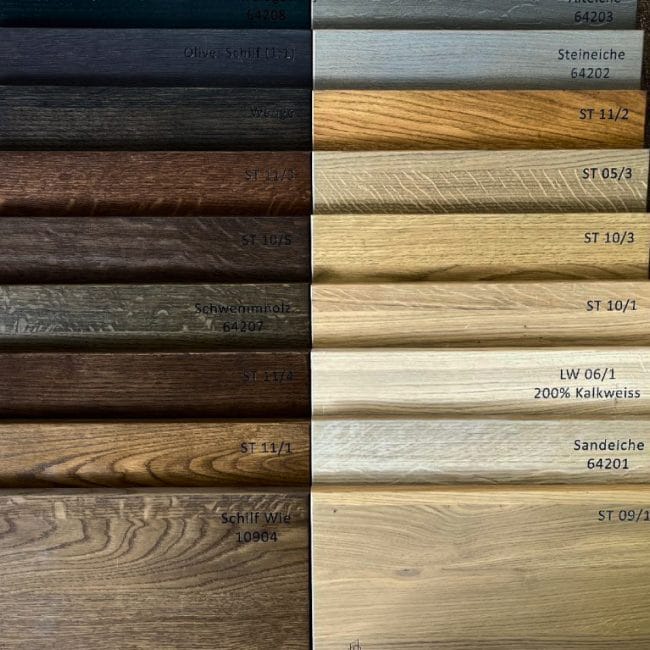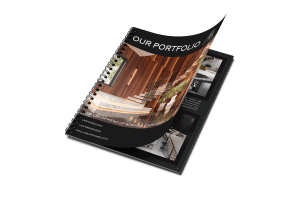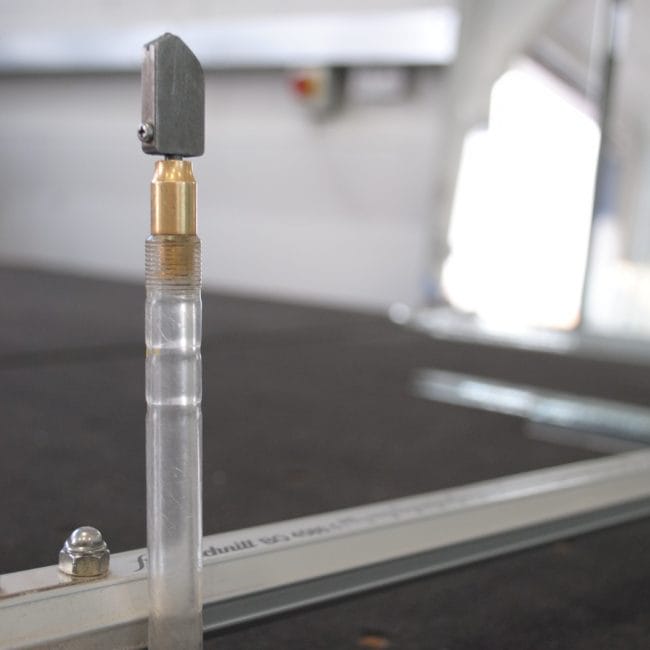
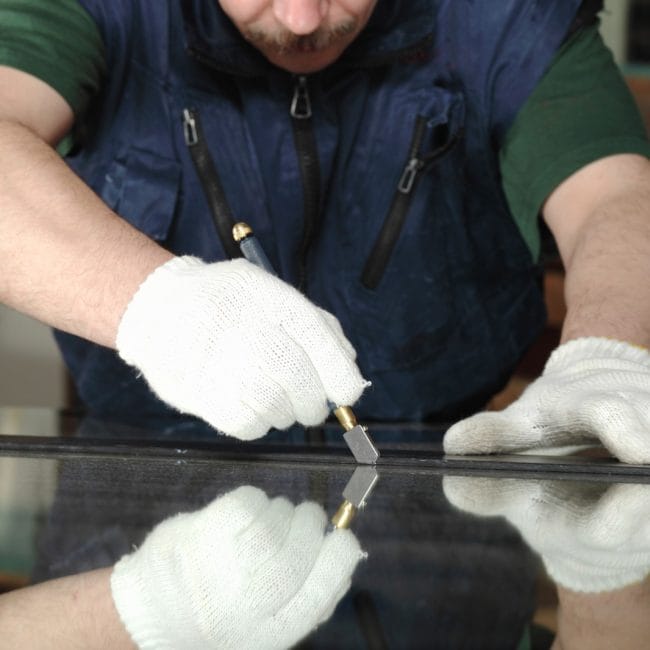
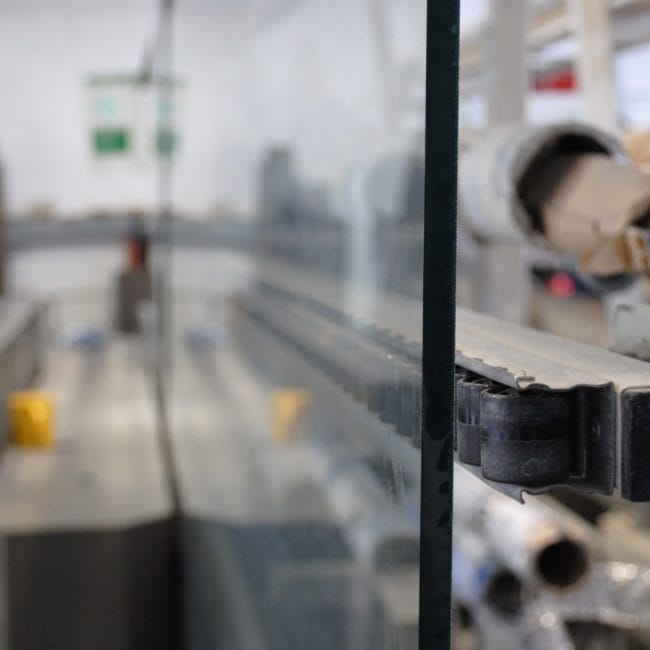
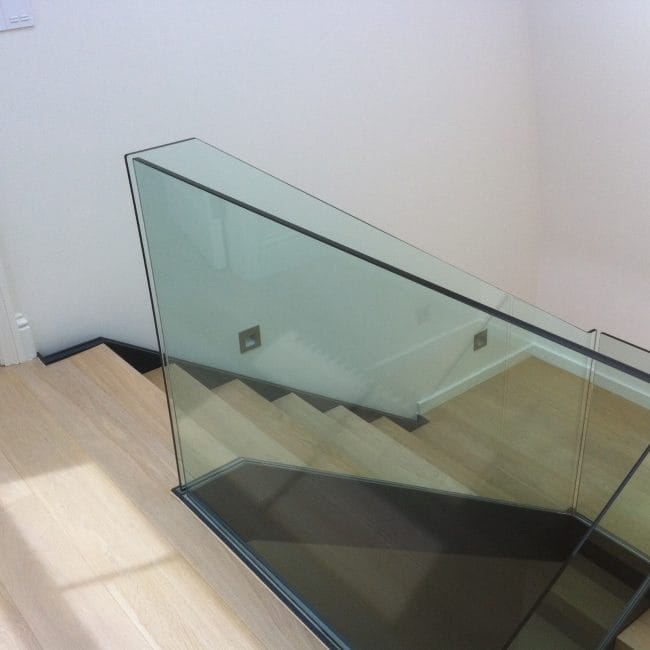
GLASSES
Enter a realm of elegance and innovation with our exceptional glass material.
More than just a building element, glass embodies a fusion of clarity, durability, and modern design. It’s not merely a
pane; it’s a canvas for creativity, a conduit for light, and a symbol of sophistication.
From its seamless integration into architectural marvels to its ability to sculpt spaces with luminosity, our glass material
promises to redefine the essence of your environment, infusing it with unparalleled style and allure.
SAFETY ASSURANCE
Despite common misconceptions, glass used indoors is not only safe but also offers unparalleled durability and aesthetic appeal. At our company, we prioritize safety above all else, offering certified glasses that exceed industry standards.
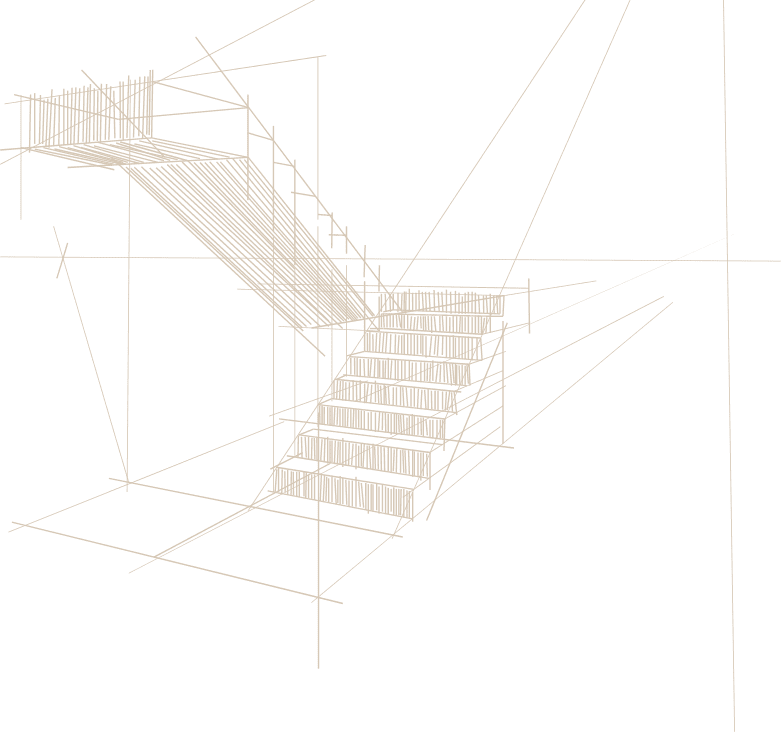
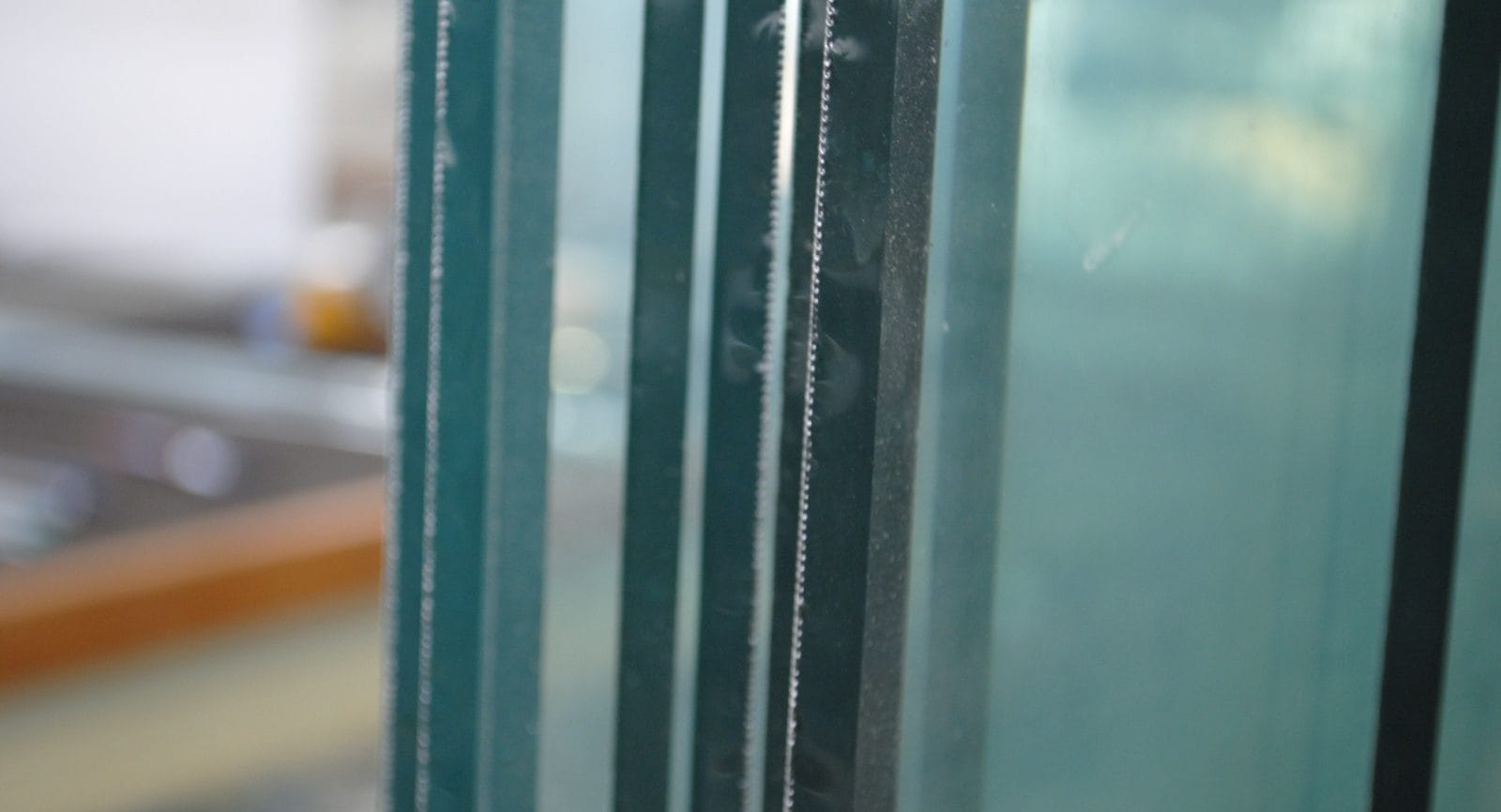
MAXIMUM DURABILITY
SMART GLAZING
Smart Glass: Switches between transparent and opaque states for on-demand privacy, maintaining a sleek appearance in staircase designs.
Low-E Glass: Controls temperature for energy efficiency, perfect for staircases in energy-conscious buildings.
Wired Glass: Incorporates wire mesh for added safety, suitable for applications requiring fire resistance.
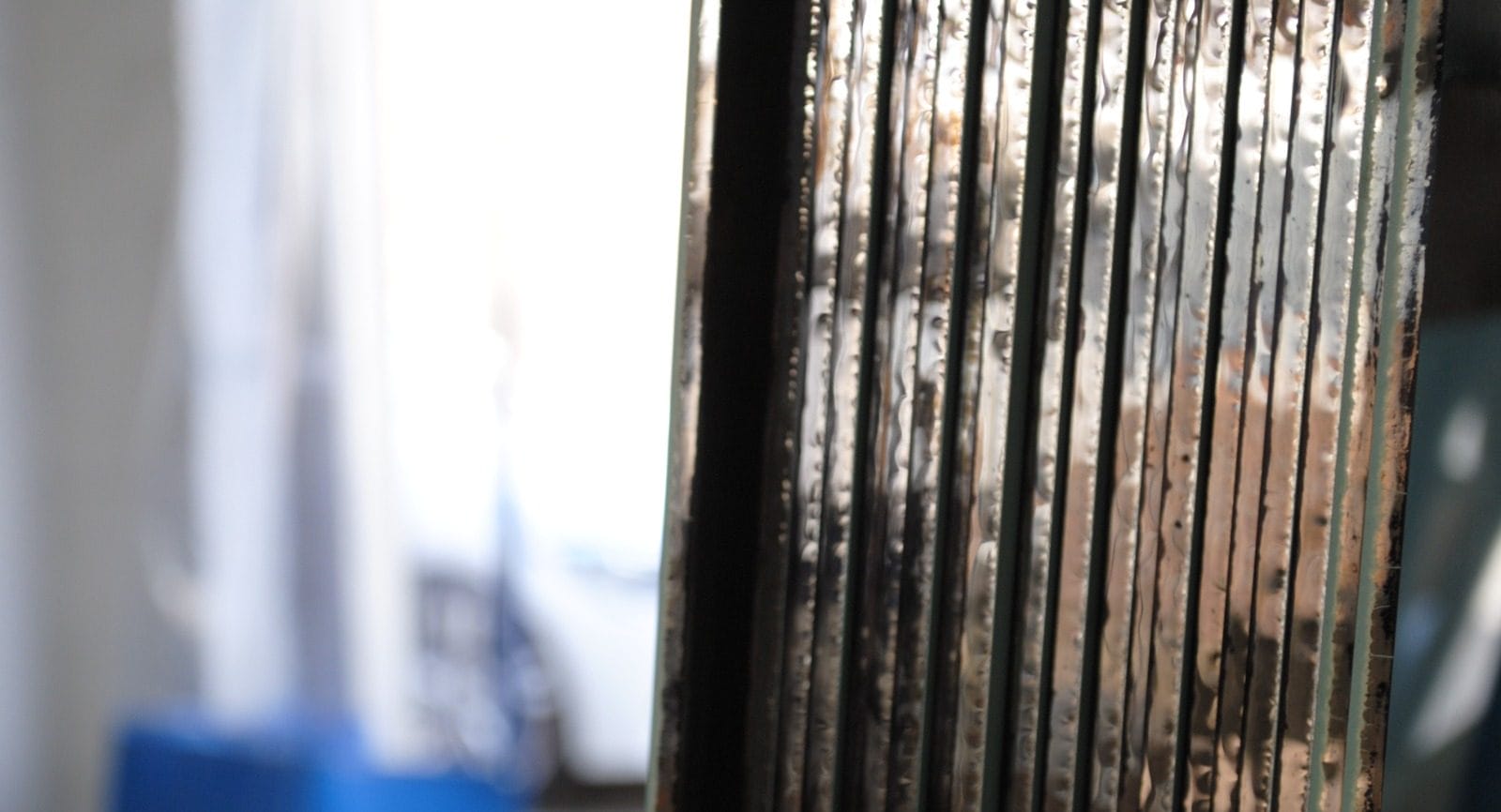
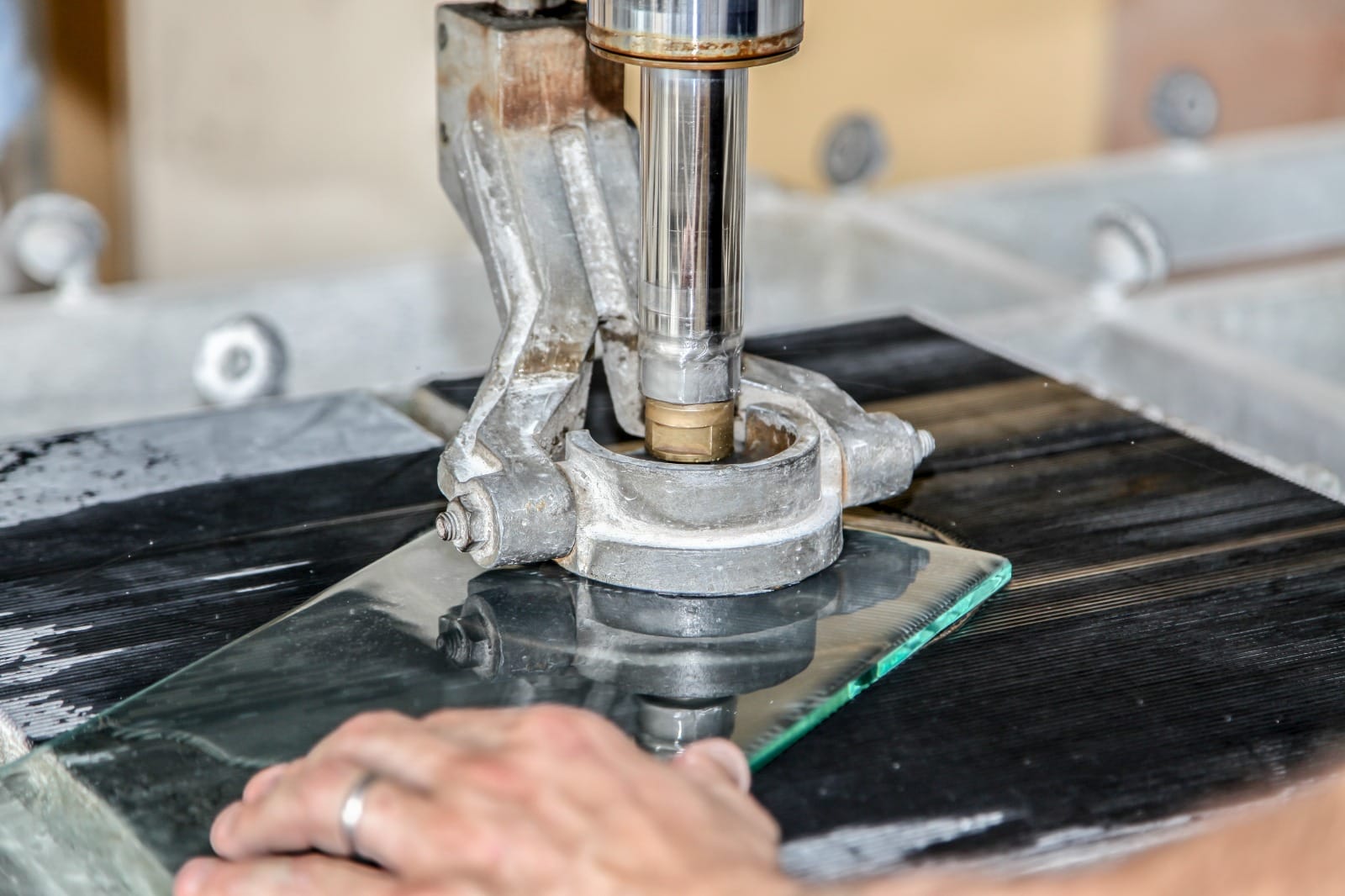
EXTRAS
We offer a variety of glass types tailored to different needs, with tempered or triplex glass as the base
Frosted Glass: Provides privacy and diffused light without leaving fingerprints, ideal for staircase designs.
Tinted Glass: Reduces glare and heat from sunlight, offering aesthetic appeal with various color options.
Textured Glass: Enhances privacy and adds decorative flair to staircases and balustrades.
01. What are the different types of glass commonly used in architecture and interior design?
The different types of glass commonly used in architecture and interior design include tempered glass, laminated glass, Low-E (Low-Emissivity) glass, frosted glass, tinted glass, textured glass, wired glass, smart glass (switchable glass), fire-rated glass, and decorative glass.
02.How does tempered glass differ from regular glass, and what are its advantages?
Tempered glass is strengthened through a thermal process, making it more resistant to impact and thermal stress than regular glass. Its advantages include increased safety, as it breaks into small, blunt pieces when shattered, and its widespread use in applications requiring safety glass.
03. What are the benefits of using laminated glass in buildings, and how does it enhance safety?
Laminated glass consists of two or more layers of glass bonded together with an interlayer, providing enhanced safety by holding shattered pieces together. Its benefits include increased resistance to impact, sound reduction, and UV protection.
04. How does Low-E (Low-Emissivity) glass contribute to energy efficiency in buildings?
Low-E (Low-Emissivity) glass has a microscopically thin coating that reflects heat, improving energy efficiency by controlling temperature transfer. It keeps interiors warmer in winter and cooler in summer, reducing the need for heating and cooling.
05. What are the key considerations when choosing glass for specific applications, such as staircases or windows?
Key considerations when choosing glass for specific applications include safety requirements, desired aesthetics, energy efficiency goals, environmental factors, and budget constraints.
06. What is the process of frosted glass production, and what are its applications in interior design?
Frosted glass is produced by acid etching or sandblasting a clear sheet of glass, resulting in a translucent appearance that provides privacy while allowing light to pass through. It is commonly used in interior design for applications where diffused light and privacy are desired.
07. How does tinted glass help reduce glare and heat from sunlight, and what color options are available?
Tinted glass is created by adding mineral salts during manufacturing, reducing glare and heat from sunlight. It offers aesthetic appeal through various color options, while also providing privacy and UV protection.
08. What safety features does wired glass offer, and in what types of buildings is it commonly used?
Wired glass incorporates wire mesh inside the glass for added safety, holding the glass in place if it breaks. It is commonly used in applications requiring fire resistance, such as fire-rated doors and windows.
09. What are the advantages of using textured glass in architectural applications, and how is it manufactured?
Textured glass features patterns or textures on one surface created during the rolling process. It enhances privacy, diffuses light, and adds a decorative element to architectural designs.
10. Can you explain the technology behind smart glass (switchable glass) and its practical applications in modern buildings?
Smart glass (switchable glass) utilizes advanced technology to switch between transparent and opaque states with the application of an electrical current. It provides on-demand privacy while maintaining a sleek appearance, suitable for modern architectural designs.
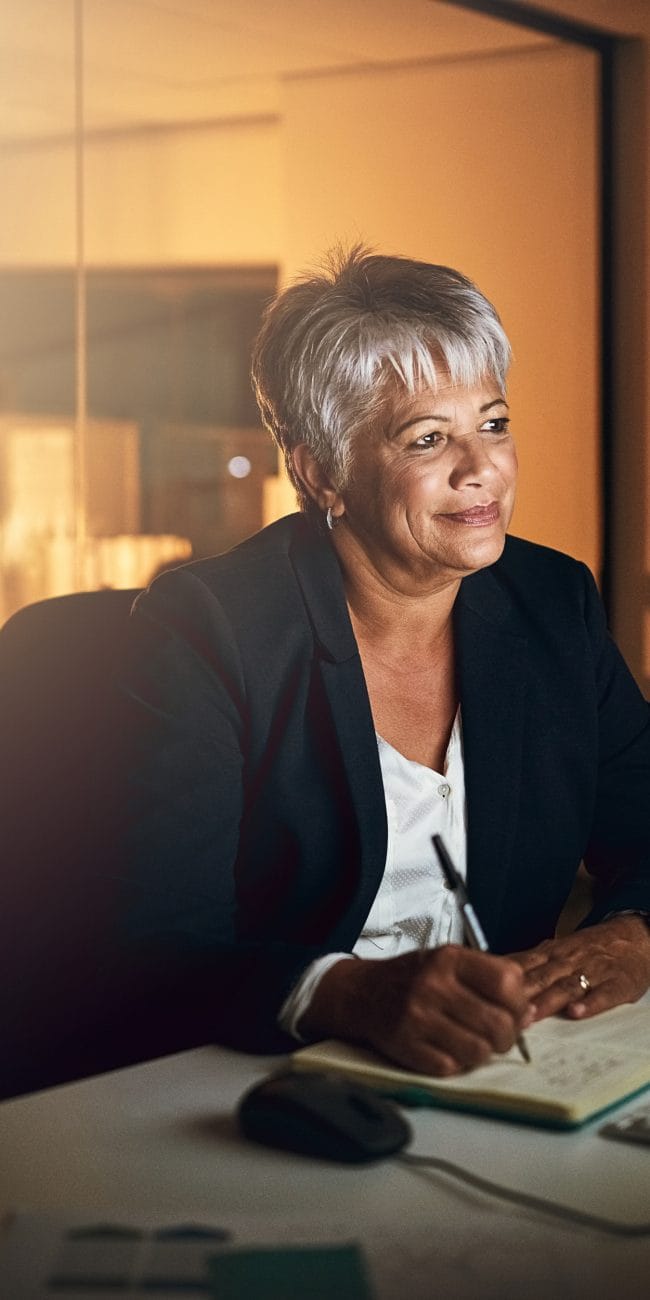
customer service support
V.P STAIRS
A: The Barn, 100 Cecil Street, Watford, WD24 5AP
T: 07418 315550
C: VAT Number GB 386512281
H: Monday to Friday 8:00 AM to 6:00 PM
